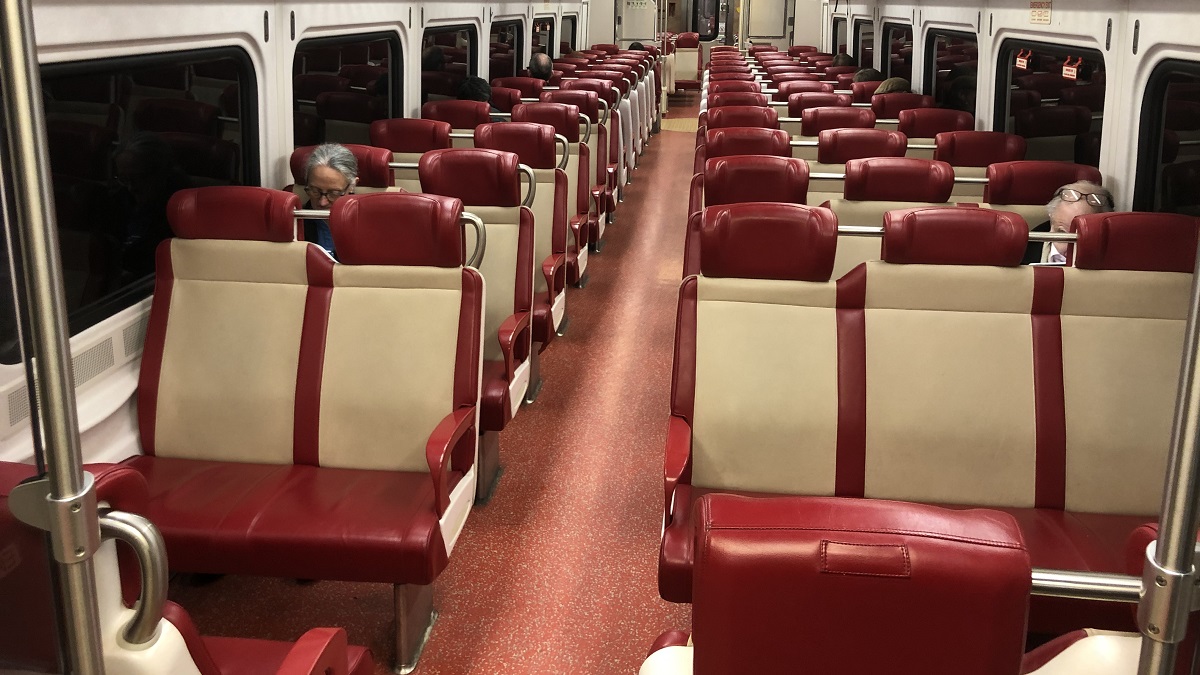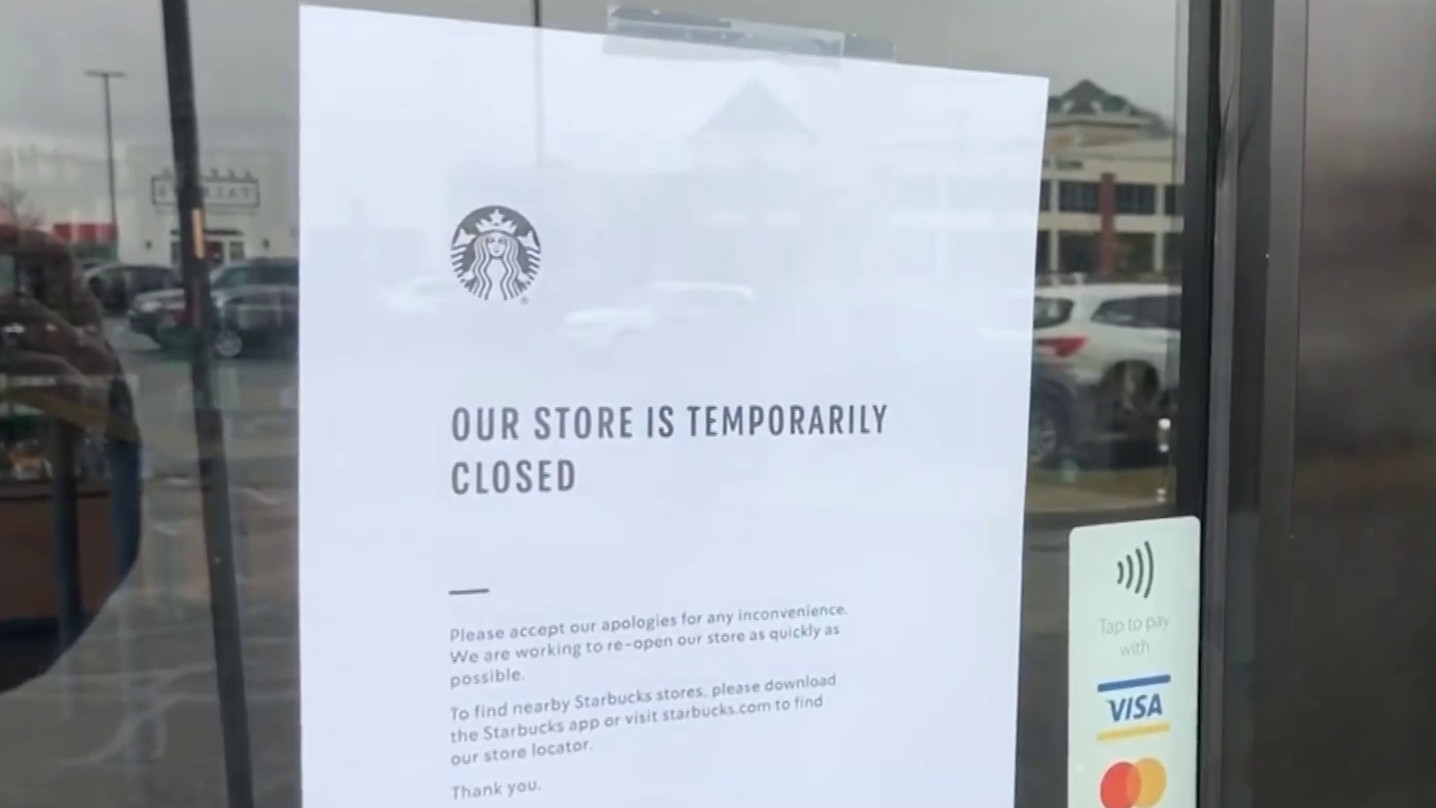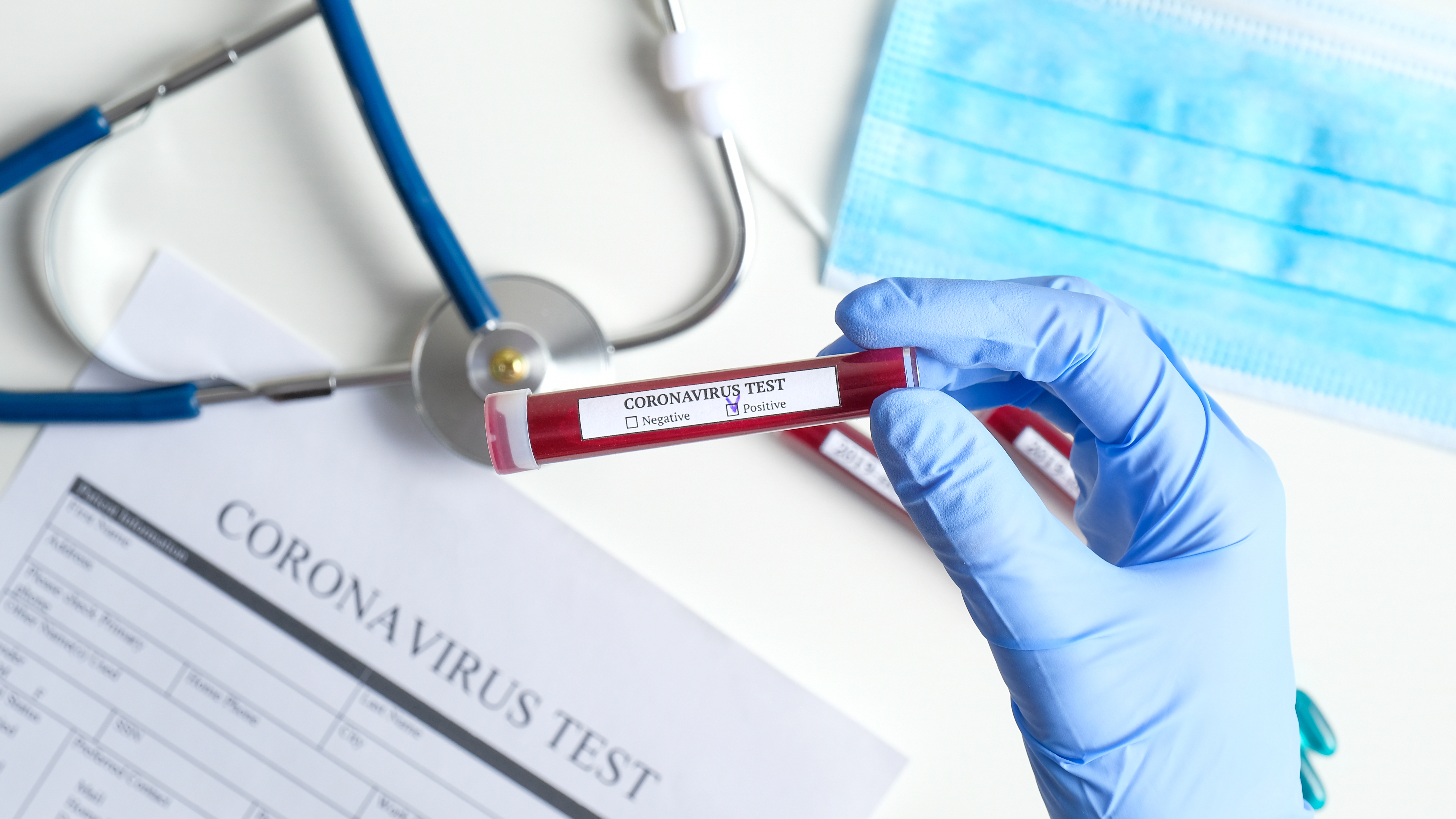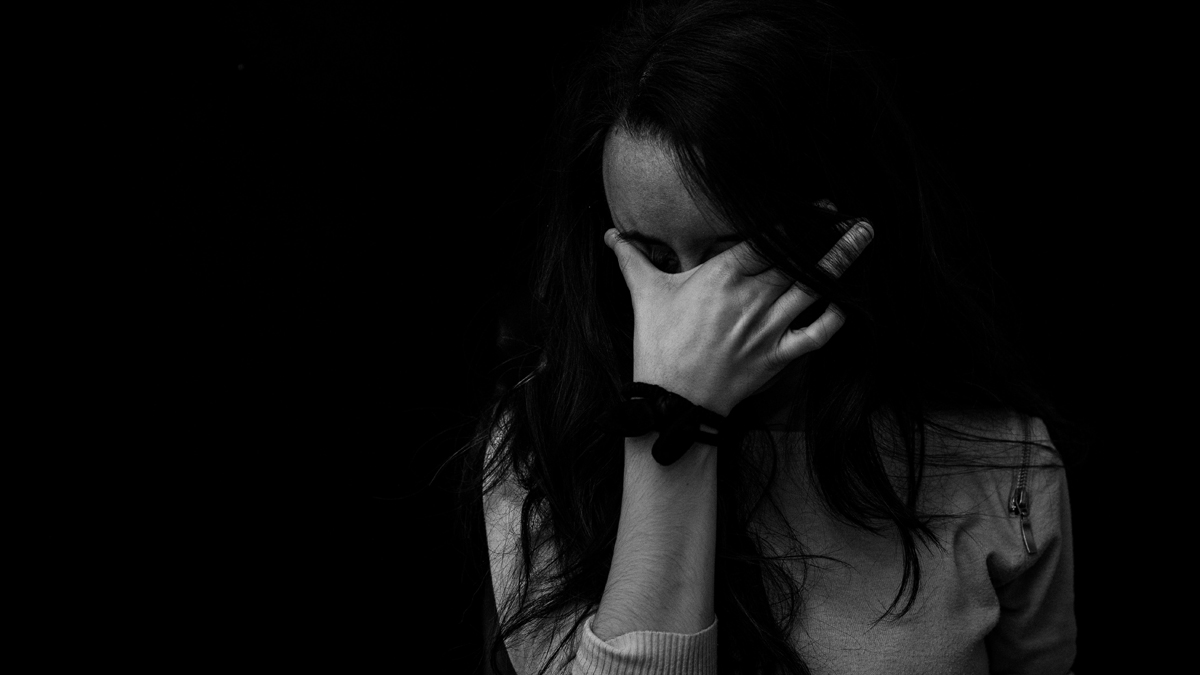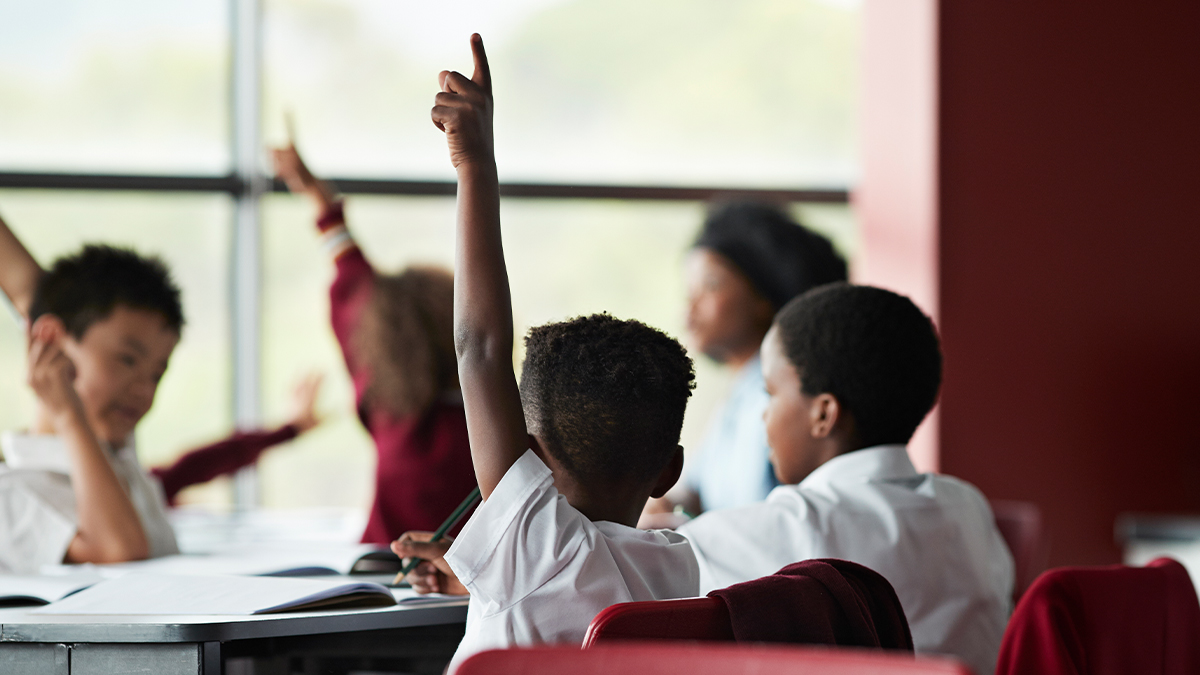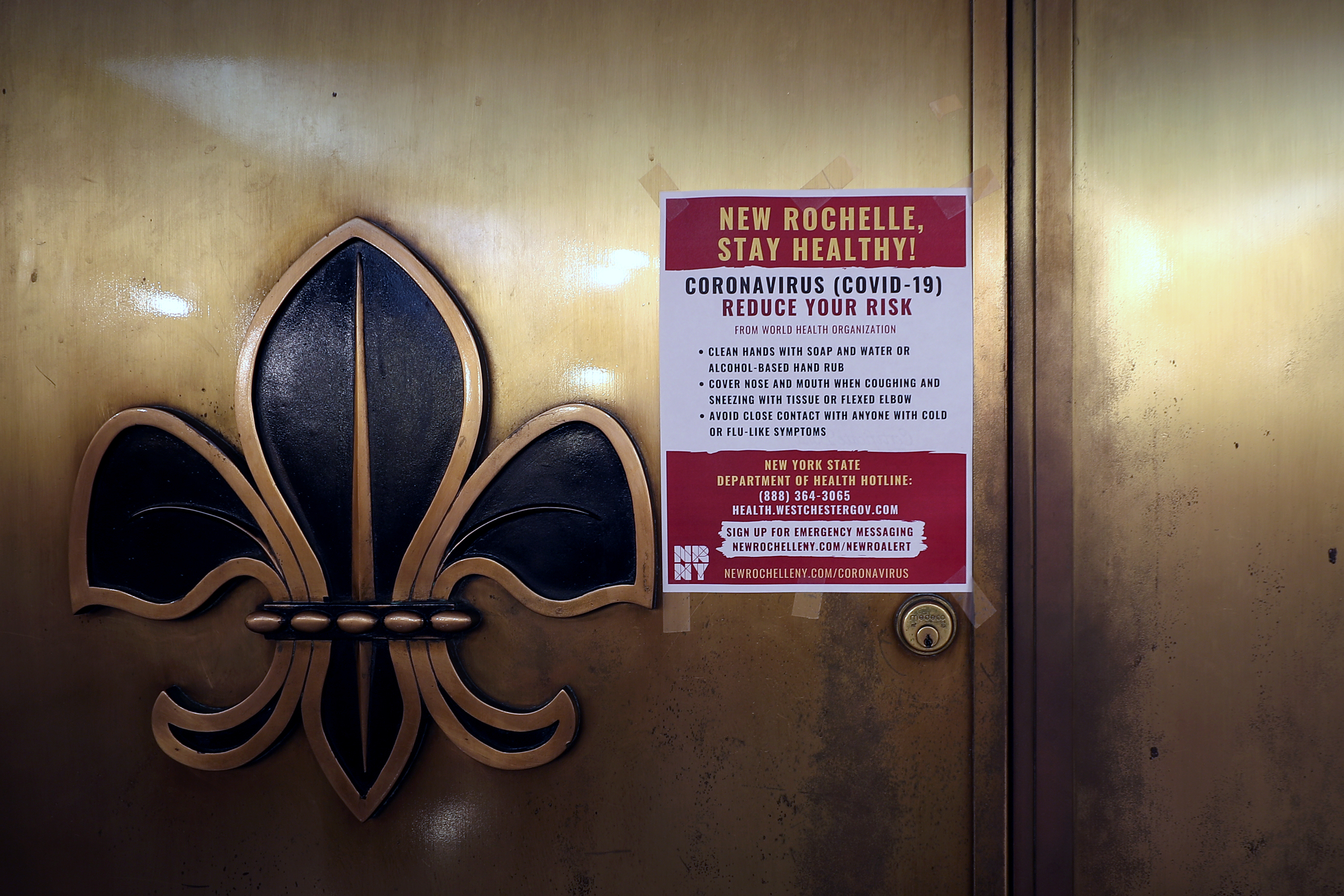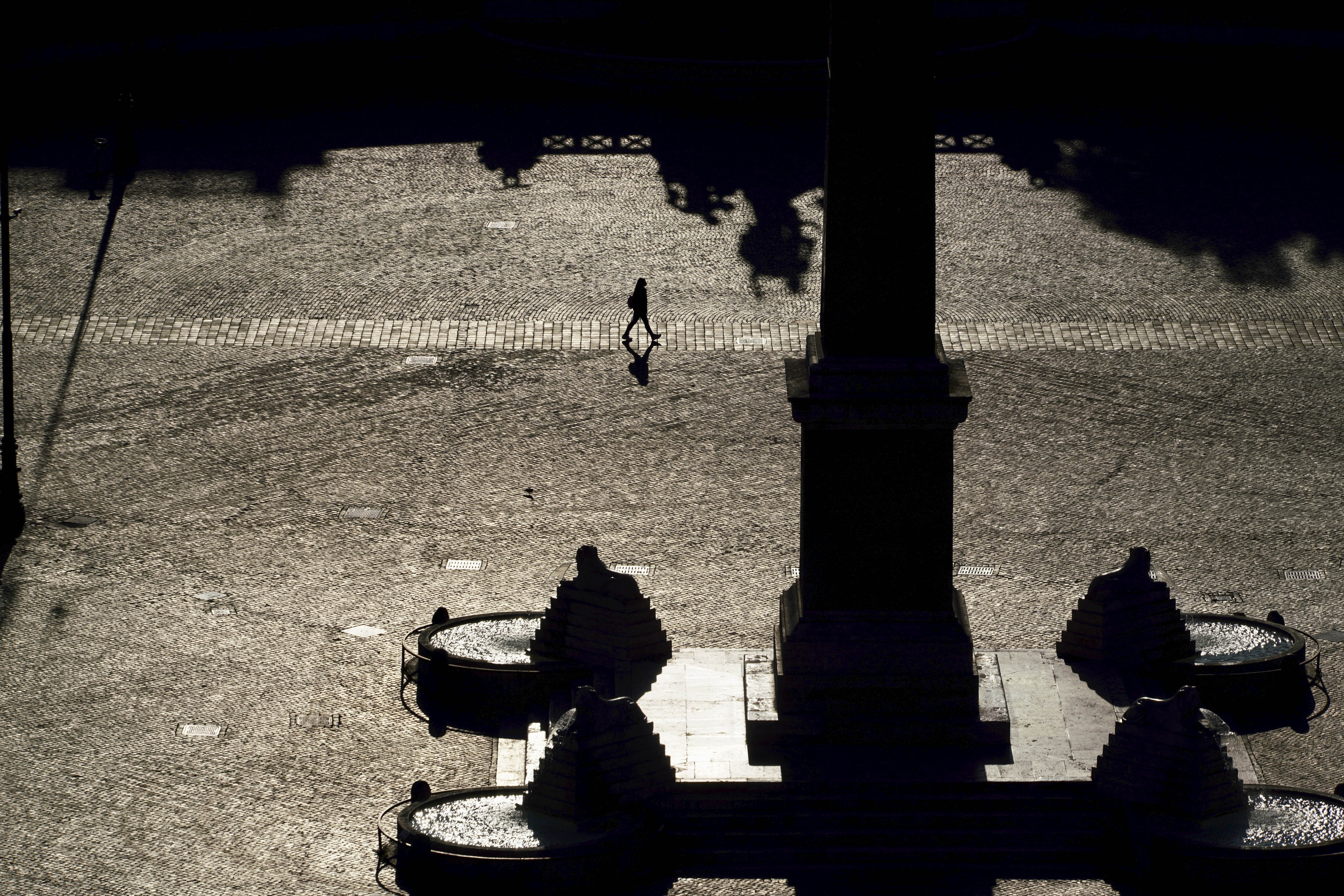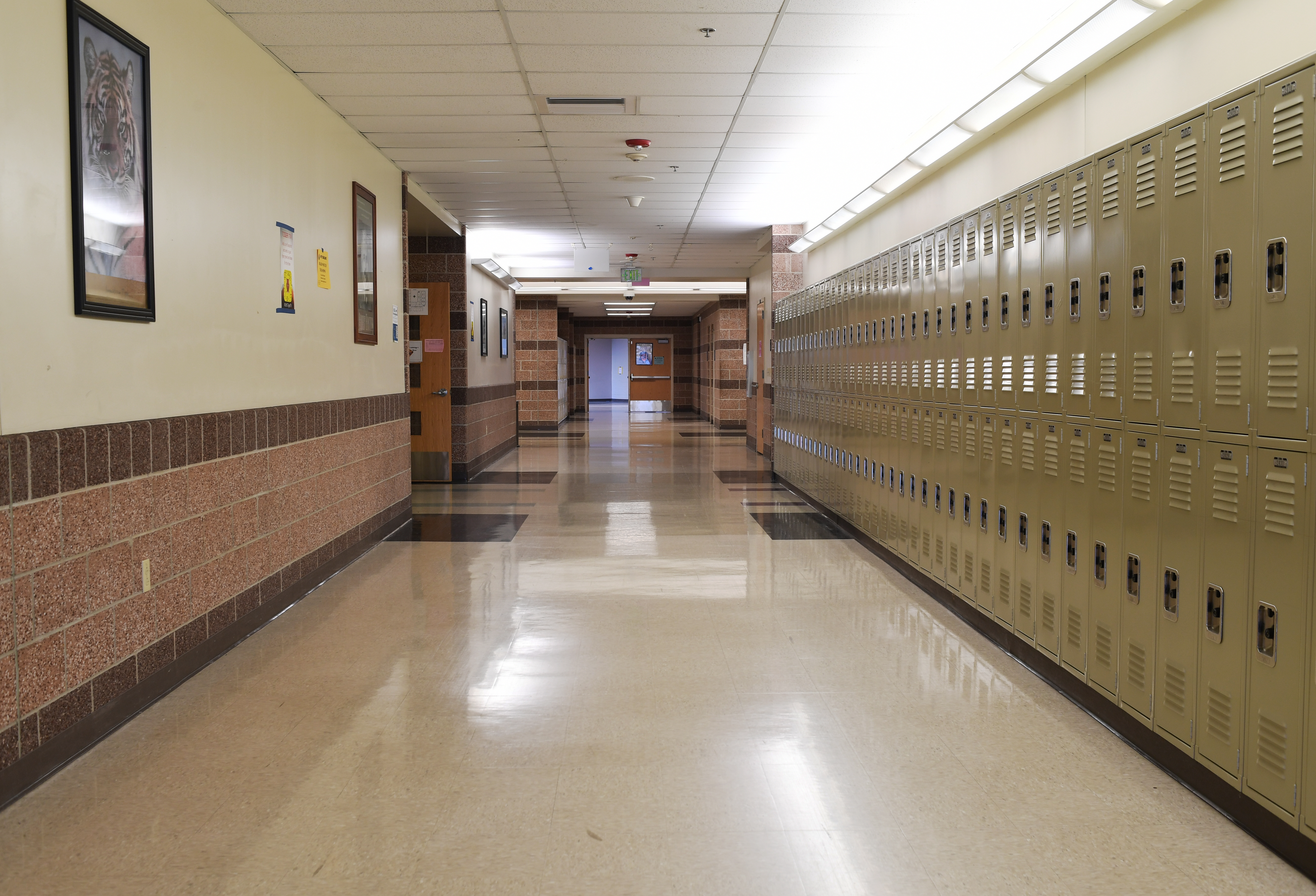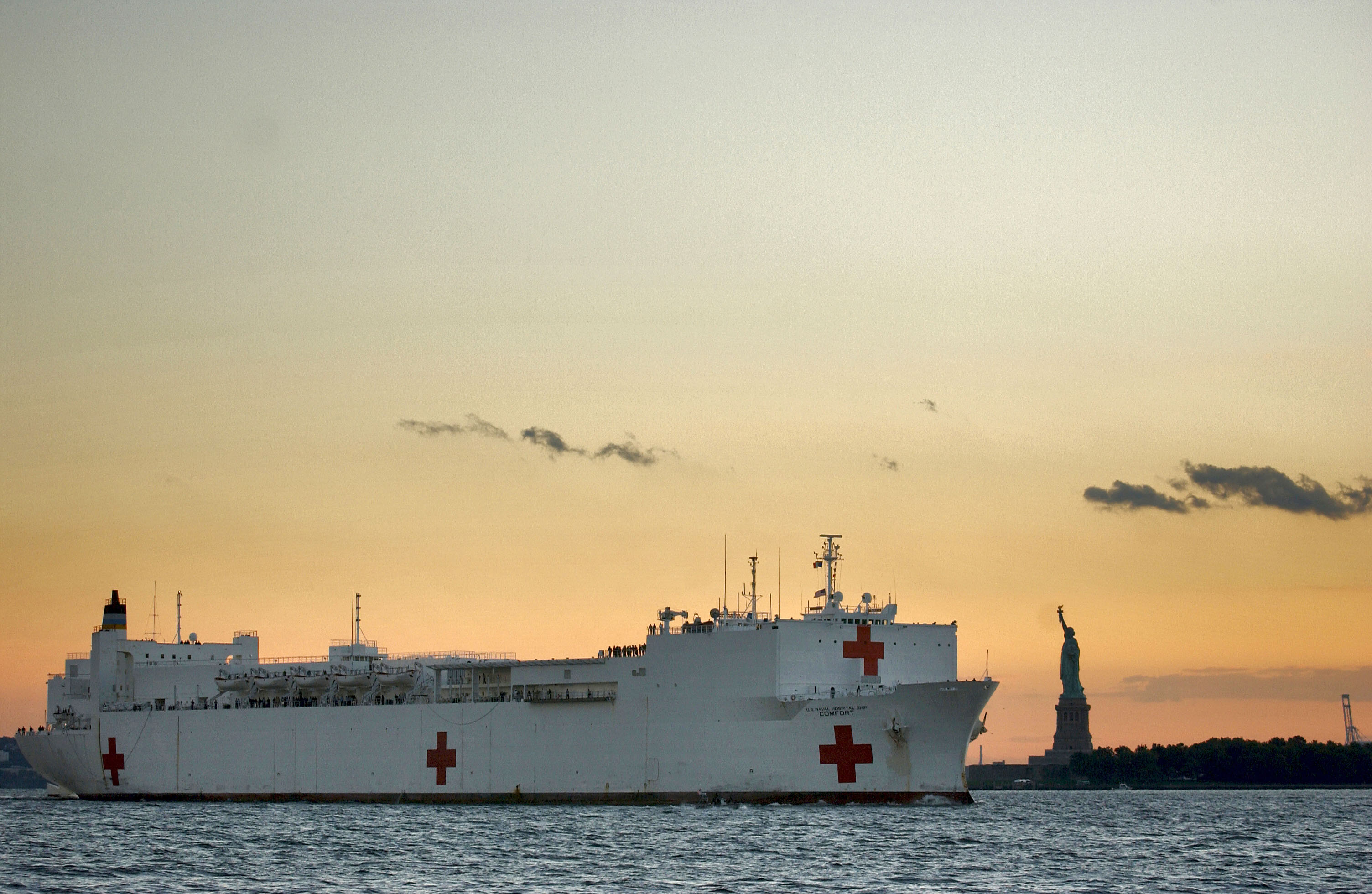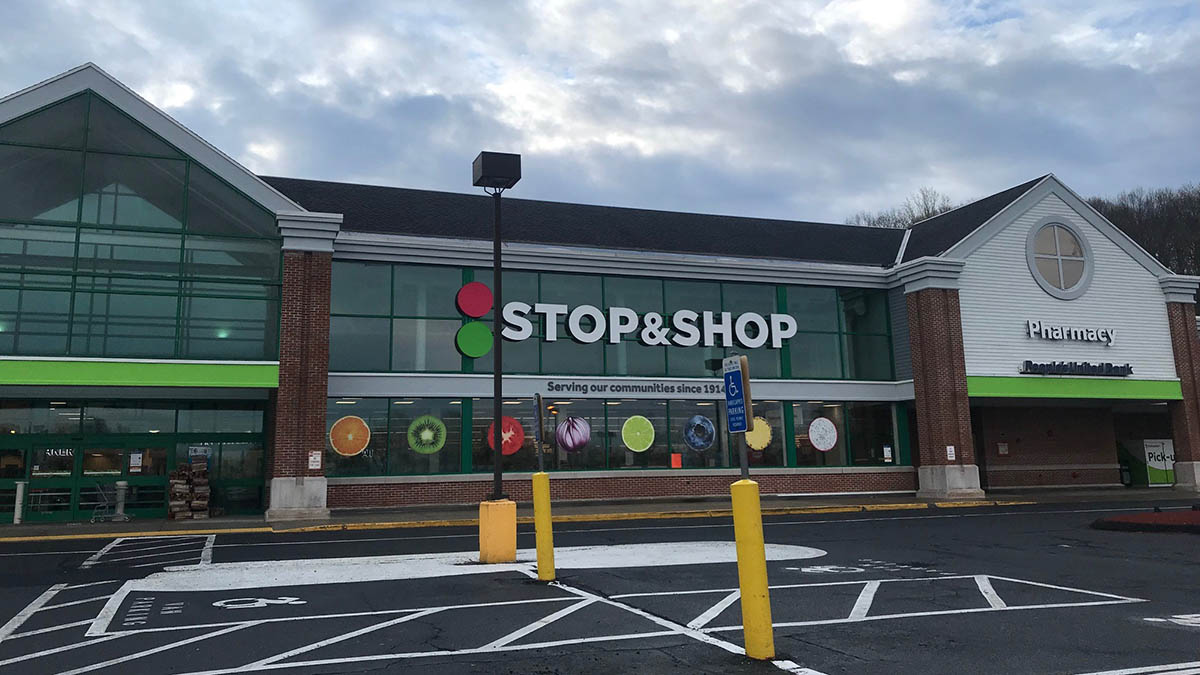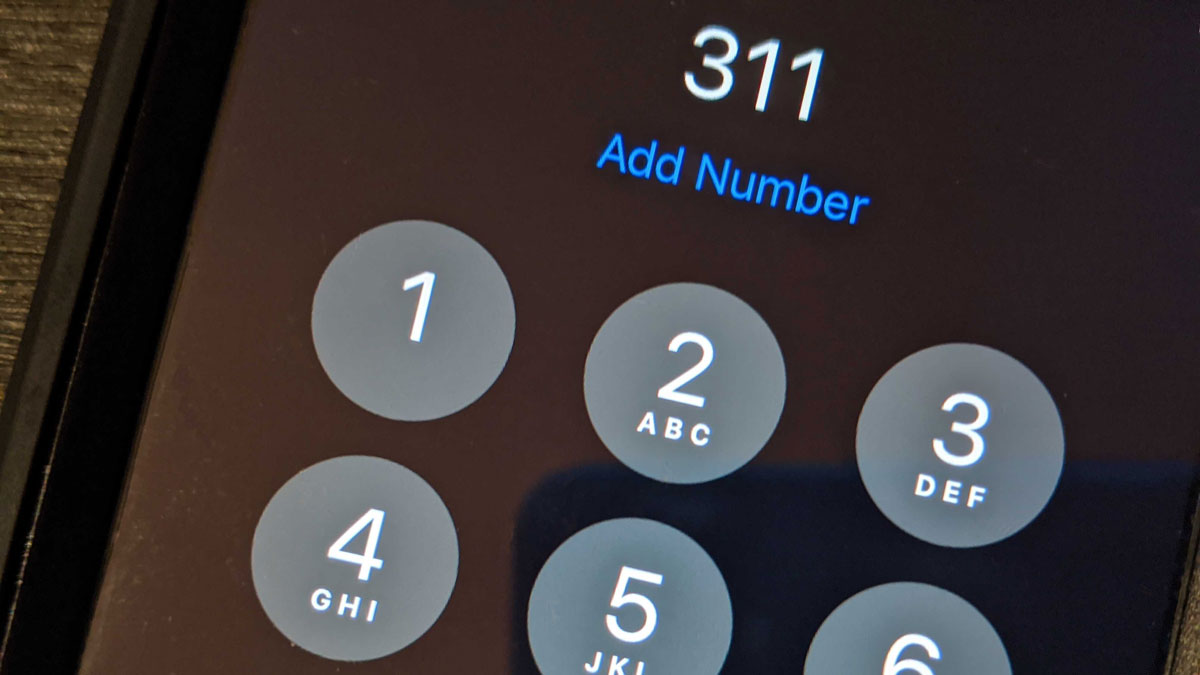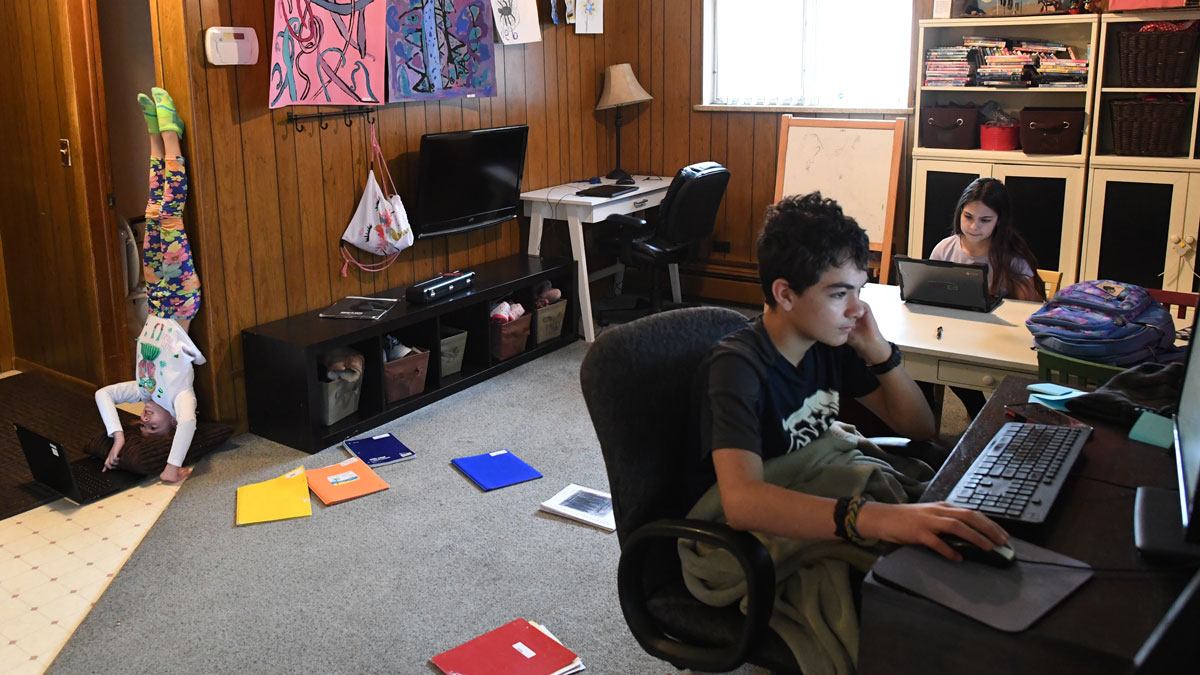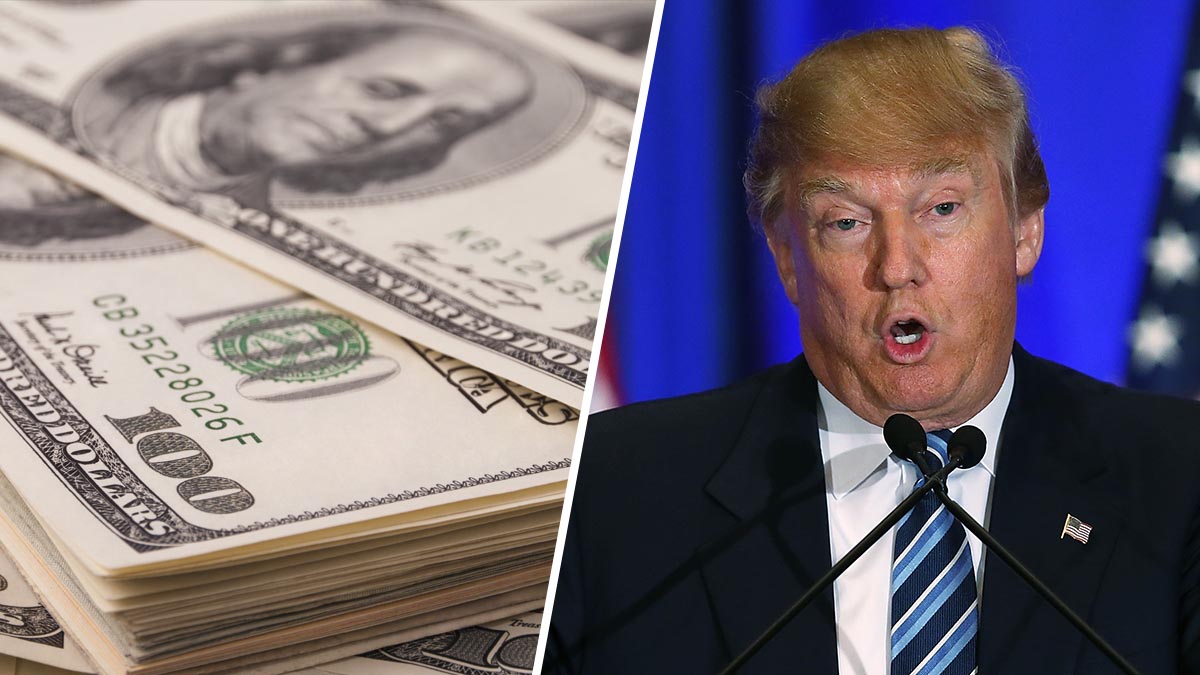What to Know
- U.S. novel coronavirus cases have surpassed 13,000; more than 200 people have died. Tri-state cases have eclipsed 6,500; a total of 48 in the three states have died
- Hospitals are bracing for a flood of patients; Gov. Andrew Cuomo says it may take 45 days to reach the peak of infection and the state could need more than 2x the number of hospital beds (110,000) it currently has
- New York, New Jersey and Connecticut have announced unprecedented joint measures to curb spread: crowds of 50+ banned, schools closed; Pennsylvania has since joined them
UPDATE: 'We Are All in Quarantine:' 100% of NY Work Force Must Stay Home, Cuomo Puts State on Pause
COVID-19 threatened to spiral out of control in New York on Thursday, as Gov. Andrew Cuomo announced nearly 2,000 new cases overnight, and then New York City's case count went up another 50 percent within a matter of hours.
The governor had warned ahead of his news briefing that the day-over-day jump in numbers would be astronomical. He said more than 7,500 tests were conducted overnight, nearly a quarter of what the CDC website says it has done nationally to date. Increased testing capacity leads to more positive tests by default.
Tracking Coronavirus in Tri-State
The boom in numbers prompted Cuomo to make an adjustment to an executive order he issued a day earlier: On Wednesday, the governor said businesses were legally required to keep 50 percent of their work forces home. On Thursday, he increased the percentage to 75 percent. This is a data-driven response, Cuomo said, and he is adjusting statewide mandates and issuing new ones as needed. The governor also announced a 90-day mortgage relief plan as part of his efforts to mitigate the financial impact on New Yorkers and their families.
The situation is being assessed daily, hourly, by the minute at times -- but as New Yorkers grow increasingly concerned about protecting themselves and their loved ones, Cuomo made one thing extremely clear: "I am not going to do martial law in the state of New York. That is not going to happen."
Situation Grows Dire
To date, more than 6,500 people in the tri-state area have been infected with the novel coronavirus and 48 have died. New York state has more than 5,000 cases alone. But city and state officials have said it's hard to ever have a firm grasp on the numbers because they change for the worse by the minute.
That happened Thursday. New York City, which had more than 2,400 cases as of Cuomo's morning briefing, had reached 3,954 by 9 p.m., with 26 deaths, the mayor's office said. At 5 p.m., the mayor's office had released numbers showing Brooklyn is the most hard-hit borough (1,030), followed by Queens (980), Manhattan (976), the Bronx (436) and Staten Island (165).
New Jersey saw its total surge past 740 Thursday, with Gov. Phil Murphy announcing more than 300 new cases overnight. The Garden State's death toll climbed by four and now stands at nine. Three of the fatalities involved members of the same family.
Positive cases have been found in a half-dozen New Jersey nursing homes; admissions to those facilities have been suspended, health officials said.
Connecticut confirmed its first fatality on Wednesday, then less than 12 hours later, Gov. Ned Lamont reported a second death, with a third coming later in the evening. The state now has more than 150 cases. See the latest tri-state case count broken down by county here.
The three tri-state governors have already taken unprecedented joint action -- banning crowds over 50, restricting restaurants to take-out and delivery, closing schools, gyms, bars, casinos and malls to help slow the pandemic. Pennsylvania has announced it is joining that coalition as well and will match the restrictions.
Murphy also said the coalition would join to ask the federal government for a block loan grant, which requires congressional approval and a presidential signature. Meanwhile, to help further curb the spread in his state, Murphy said that as of 8 p.m. Thursday, all personal care shops that can't comply with social distancing guidelines would be closed indefinitely. That includes barbershops, nail and hair salons and tattoo parlors.
Lamont later announced he was executing a similar order in Connecticut -- and said that he was moving his state's primary to June 2.
New Jersey's June primary will stay as it is scheduled at this point, Murphy said, but upcoming special and school elections are transitioning to mail-in vote only. The governor also announced new measures to protect renters and homeowners from evictions and foreclosures during this trying time.
Curve Not Flattening Fast Enough
New York City is growing increasingly desperate to curb the spread of infection. As of Thursday night, the five boroughs had more than 3,950 confirmed cases of COVID-19 -- an increase of more than 1,400 from the previous day. Six days before that, the city had just 95 cases. Three weeks ago, there were zero.
Mayor Bill de Blasio previously said he wants the state to consider a shelter-in-place order, though he sought to clarify his comments on the issue during his Thursday afternoon press conference. He seemingly acknowledged that he may have misled people with his language from earlier in the week, saying "that's on me." Instead of a full-on shutdown, the mayor said he was in favor of measures similar to the ones San Francisco has enacted.
In that case, people who live in seven counties have been told to stay home, but they are not forbidden to leave. Pharmacies, grocery stores, post officers, gas stations remain open; parks are open, too, and people can go for hikes or walk their dogs -- though strict social distancing, keeping at least 6 feet apart from the next person, must be observed.
Coping With the Crisis
All "non-essential travel" is banned; the order is effective for three weeks, but it can be shortened or lengthened as the government sees fit.
In an interview Wednesday night with NY1, de Blasio stressed he was not suggesting a draconian measure that would shut down the city's bridges and borders and lock people in their homes.
Cuomo has repeatedly and in no uncertain terms said that won't happen. He has a few reasons. Among them: any such mandate would require regional coordination to be effective. If it applies only to one place, people could just state- or county-hop, he says.
And just the phrase "shelter-in-place" may be dangerous, the governor says.
What to Do at Home
"Look at your words, 'shelter in place,' you know where that came from? That came from nuclear war. What it said is people should go into an interior room of their home with no windows, stay there until they get the all clear sign," Cuomo told CNN. "Now, that's not what people really mean, but that's what it sounds like. And I spent half my day knocking down rumors that we're going to imprison people in their homes."
In San Francisco, the "shelter-in-place" order is a legal mandate -- and noncompliance is a misdemeanor. That doesn't mean everyone caught standing 3 feet from someone else, or taking a stroll on a sidewalk, will end up in handcuffs; officers are said to be able to use their discretion on enforcement.
The Bay Area measure may be the most stringent action in a city in the nation to slow the spread of the pandemic, and de Blasio, who predicts the city could see 10,000 cases by the time the crisis ebbs, says it appears to be doing the job.
More on the Pandemic
Hospitals Stretched to the Max
Cuomo projects peak infection is still 45 days out. By that point, New York state could need 110,000 hospital beds, more than double its current capacity, and more than 37,000 ICU beds. Right now, the state has 3,000 of the later.
Statistically, about 80 percent of people who get the novel coronavirus self-resolve without needing further treatment; overall, the risk to the general public is low. New York has seen its percentage of cases requiring hospitalization hover around 24 percent, while New Jersey said Wednesday that a stunning 55 percent of its cases to date have required hospitalization. There just aren't enough beds.
Coronavirus Latest
Ventilators are a national problem, one that Cuomo has asked the federal government to take on using the Defense Production Act, which lets the feds order companies to manufacture the needed equipment. In New York, Cuomo says there are 5,000 to 6,000 ventilators right now; the state is expected to need at least five times that.
The situation is so dire that "we literally have people in China shopping for ventilators," the governor said Thursday. "A bed is great, but if you don't have a ventilator the bed is essentially useless."
Elon Musk said Thursday that Tesla could help make ventilators if needed.
Coronavirus in the Tri-State Area
Mayor De Blasio stressed the need to replenish the city's fast-dwindling supply of medical equipment for hospital workers as well as first responders. On Thursday, he said the city would need three million N-95 masks, 50 million surgical masks, 50,000 ventilators, and 25 million each of gloves, surgical gowns and other basic medical supplies — all by sometime in early April.
New York, New Jersey and Connecticut have all been working with the federal government on plans to get help. They've added mobile testing centers and NYC is looking to retrofit existing facilities into converted medical ones. The U.S. Navy is dispatching a 1,000-bed hospital ship to New York City Harbor to treated non-COVID-19 patients and help ease the non-virus burden. But it's still weeks out.
Coronavirus has not discriminated: First responders have been infected, church- and synagogue-goers, lawmakers. It has affected the entire spectrum, afflicting people anywhere from age 5 to 96.
The community spread has been extensive. Four players on the Brooklyn Nets, including star Kevin Durant, have tested positive for COVID-19, the team said; on Thursday, the Department of Correction confirmed an inmate at Rikers Island had been diagnosed with COVID-19, the first such case there. The inmate was removed from general population.
Coronavirus News
Where Do We Go From Here?
The depths of the outbreak -- and its impact -- are incomprehensible at this point but most definitely catastrophic: Billions upon billions of dollars have been lost and more will be lost; many have died, far more have been sickened. And the grim totals will rise.
As de Blasio said on HOT 97 Wednesday, "This is going to fundamentally change all of our lives for months, it's just a question of how many months."
The World Health Organization has declared the novel coronavirus a pandemic, the first coronavirus to ever earn the dubious distinction. It's novel -- that means it's new and no one has immunity to it.
Vaccines are in the works -- and a new clinical trial launched Monday.
The National Institutes of Health is funding the trial at a Kaiser Permanente research facility in Seattle. Testing began Tuesday with 45 young, healthy volunteers with different doses of shots co-developed by NIH and Moderna Inc.
Public health officials say it will take a year to 18 months to fully validate any potential vaccine. Other medical options are in the works, including experimental drugs and antiviral therapies.
More on Coronavirus
Gilead has been named among the top companies responding to the need for an effective treatment. It has a drug, remdesivir, which is an antiviral therapy that has "limited data" at this time, Gilead said in a statement Thursday.
"It is not approved globally and has not been demonstrated to be safe or effective for any use," the company said. Right now, Gilead is supporting five clinical trials worldwide to evaluate remdesivir as a potential treatment; three of those trials have enrolled United States patients.
NBC News estimates the total number of U.S. cases has surpassed 13,000 and more than 200 people have died. The vast majority of U.S. deaths have been in Washington state, where America's very first COVID-19 case was reported.
Every state in the U.S., as well as Washington D.C., has reported at least one COVID-19 case. Globally, more than 210,000 have been infected and more than 8,700 people have died, according to multiple sources and health agencies.



